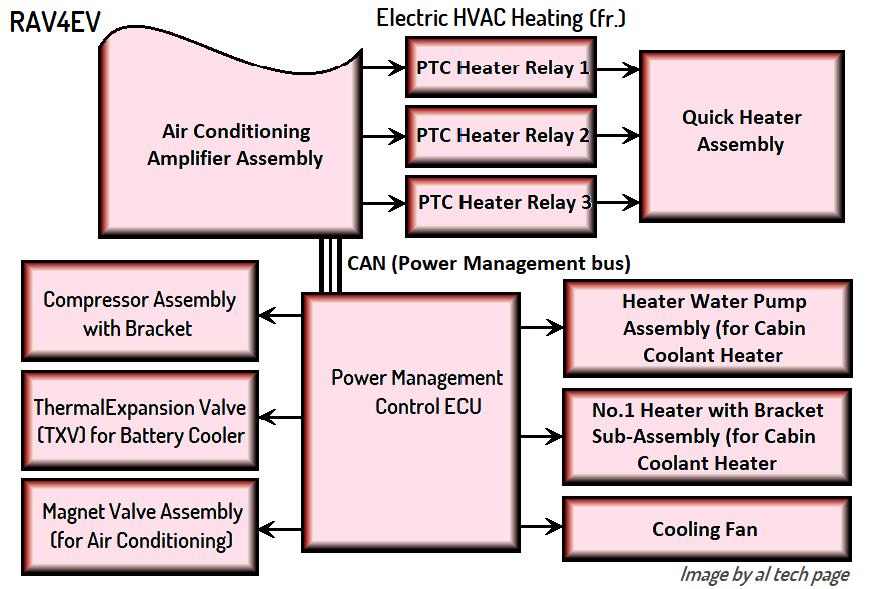The PMC ECU also has control over the Pwr line, so it can in effect "reset" the heater if needed -- there are two relays and at least five fuses between Pwr and the heater.
As I'm not monitoring Pwr all the time, I wouldn't know that the PMC ECU cycles power to the LV side of the heater, but if you make your heater-side RMI voltage test using the same setup that I did, then you can compare results with some reasonable assuredness that the test results are relevant.
As I'm not monitoring Pwr all the time, I wouldn't know that the PMC ECU cycles power to the LV side of the heater, but if you make your heater-side RMI voltage test using the same setup that I did, then you can compare results with some reasonable assuredness that the test results are relevant.

















































